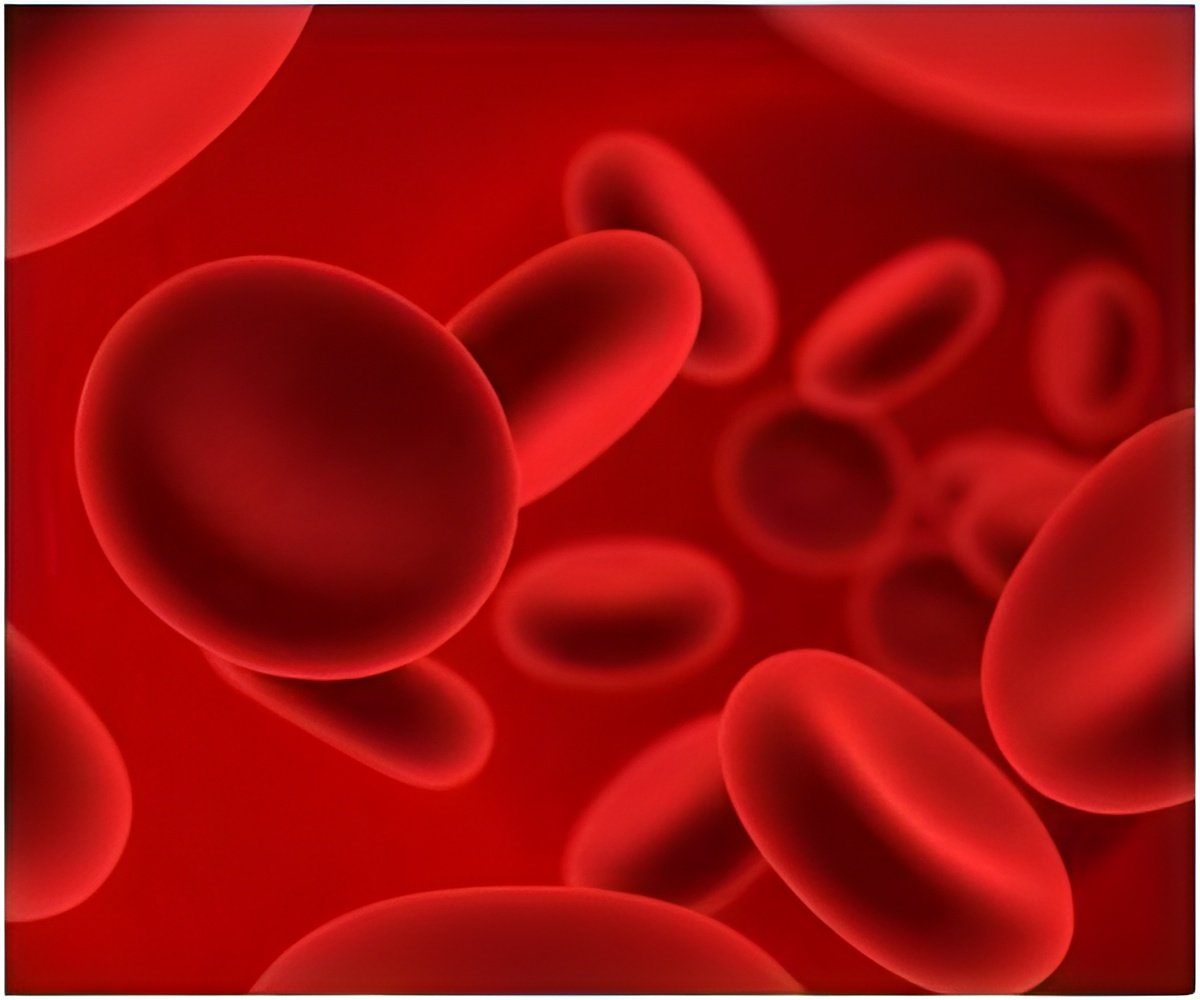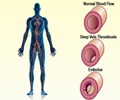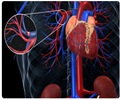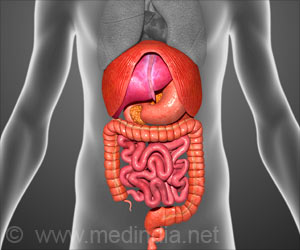Radiologists want the indivuals to know the risk factors and complications of deep vein thrombosis or DVT.

"It is also important for people to know that under-recognized and extremely serious complications, such as post-thrombotic syndrome (or PTS), often occur even when DVT is treated with blood-thinning drugs (or anticoagulation)," said Vedantham. "Blood-thinning drugs are an important part of the treatment; however, contrary to popular belief, they do not actively dissolve the clot; they just prevent new clots from forming. Unfortunately, the clotted vein often suffers permanent damage and a loss of function, which results in long-term disability for the individual," explained Vedantham.
"This is a disease that needs to be thought of as a chronic condition," he said. "And by undertaking pivotal research and working with other physicians to increase awareness," commented Vedantham, "interventional radiologists appear likely to transform the treatment of deep vein thrombosis and its two main complications pulmonary embolism and post-thrombotic syndrome or PTS." "Studies show that people who have an episode of DVT are at significant risk for developing more blood-clotting episodes and post-thrombotic syndrome, which causes chronic leg pain, swelling, fatigue, difficulty walking, and major interference with physical activity and a person's ability to work productively," said Vedantham. Post-thrombotic syndrome occurs because the clot remains in the leg.
"While the impact of post-thrombotic syndrome has largely been viewed in relation to working-age adults, prospective studies have shown that children with deep vein thrombosis are also at significant risk for the development of post-thrombotic syndrome and its related disabilities," Vedantham reported. "Interventional radiologists, in partnership with medical thrombosis physicians, recently evaluated image-guided clot-busting treatments for the treatment of adolescents with severe DVT," noted Vedantham, who reported, "Their study noted that adolescents with DVT who were treated with clot-removal therapy experienced a very low frequency of post-thrombotic syndrome."
Vedantham also pointed out that the study of clot-removal treatments was listed as a top research priority in the national "Call to Action to Prevent Deep Vein Thrombosis and Pulmonary Embolism" that was issued by former Acting U.S. Surgeon General Steven K. Galson in September 2008. "There are new techniques where clot-busting drugs are infused directly into the clot under imaging guidance through a catheter-device that quickly distributes the drug within the clot using a pulsing fluid spray or a curved wire," Vedantham explained. "The clot then dissolves, sometimes with the help of a device that vacuums it out of the vein, restoring normal blood flow and resolving symptoms," he said. These minimally invasive treatments have worked on even the largest blood clots, said Vedantham who also stated, "These treatments could completely change the way DVT patients are routinely treated."
Recognizing this potential, the National Institutes of Health is sponsoring the Acute Venous Thrombosis: Thrombus Removal With Adjunctive Catheter-Directed Thrombolysis (ATTRACT) study, a $10 million, multicenter randomized trial that is being performed in 50 hospitals nationwide. Vedantham, its lead investigator indicated, "ATTRACT will address the public health threat of post-thrombotic syndrome by determining if image-guided clot-busting treatments pioneered by interventional radiologists can safely prevent PTS and improve long-term quality of life in patients with a blood clot in the leg." The interventional radiology community, and particularly the SIR Foundation, helped to develop and continues to strongly support this landmark study, which is midway through its patient enrollment period," noted Vedantham.
Advertisement
"Because established post-thrombotic syndrome has had no consistently effective treatments, affected patients are generally told that they have to just live with their symptoms, which are often very severe or even disabling," said Vedantham. "Previous and ongoing research provides hope that a strategy of image-guided treatment may alleviate their symptoms, restore their leg function and improve their overall quality of life," he added.
Advertisement










